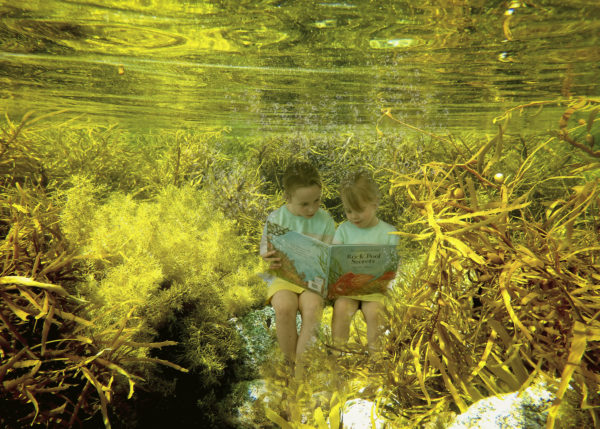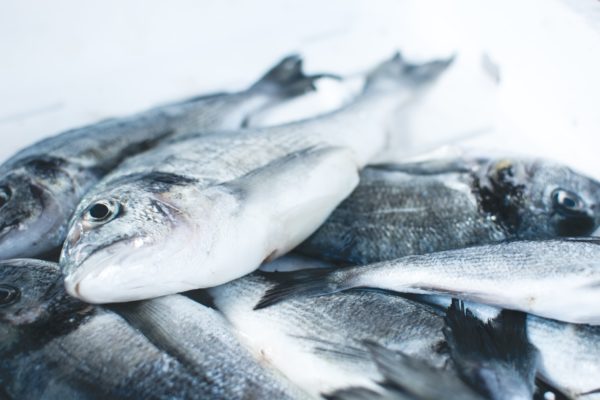Managing feral cats needs to be a priority for the sake of our wildlife, says a Deakin ecologist.
Researchers at Deakin University are calling for improved management of feral cats, due to the damage they are causing Australian wildlife.
Dr Tim Doherty, a Research Fellow from Deakin’s Centre for Integrative Ecology within the School of Life and Environmental Sciences, claims feral cat management should be prioritised and improved in a new research paper that outlines ways to tackle the problem.
“Impacts and management of feral cats ‘Felis catus’ in Australia,” published in the latest edition of “Mammal Review,” outlines the far-reaching effects of the invasive species and lays out priorities for their management.
According to Dr Doherty, feral cats are the primary driver of the nation’s mammal declines and extinctions.
“Right now, the critically endangered woylie [a small marsupial], mountain pygmy possum, kangaroo island dunnart, central rock rat and western ground parrot are all facing imminent extinction thanks to feral cats and other threats,” he said.
[testimonial_text]The worst hit areas are up around northern Australia, and in arid desert areas where species have less protection from predators.[/testimonial_text]
[testimonial_picture name=”Dr Tim Doherty” details=”Research Fellow”]
 [/testimonial_picture]
[/testimonial_picture]Feral cats dined out on at least 400 of Australia’s vertebrate species and many invertebrates, but their damage isn’t just confined to predation.
“Feral cats are preying on some of our most at risk species here in Australia, but they can also cause harm through disease transmission and competition with natives for habitat and food,” Dr Doherty explained.
“They can have socio-economic impacts as well, mostly as disease vectors, transmitting infectious pathogens that can affect agricultural production and human health.
“Thirty-six pathogens or diseases have been recorded so far from Australian feral cats.”
Animal extinctions also lead to an overall decrease in biodiversity, upsetting important ecological processes. The loss of digging mammals, a favourite prey for feral cats, for example, can lead to an increase in leaf litter accumulation and a corresponding increase in fire risk.
However, controlling feral cats is challenging, and eradication from mainland Australia is currently impossible, Dr Doherty noted.
Poison baiting programs that commonly target foxes had been less successful for cats, because cats have a preference for live prey.
This means management programs have to be tailored to local conditions and draw on both lethal and non-lethal approaches.
“Priorities for future research and management are to prevent further extinctions, test new management tools, trial options for control via ecosystem management, and increase the potential for native fauna to coexist with feral cats,” he said.
“Options for managing feral cats range from eradication on islands and complete exclusion from small fenced areas, to population reduction over areas of varying size.
“Feral cat eradication is currently being attempted on Dirk Hartog and Christmas Islands, with future projects proposed for Kangaroo, French and Bruny Islands.”
One out-of-the-box solution Dr Doherty proposes is using “guardian dogs” similar to the Maremmas that protected Warrnambool’s little penguin colony from foxes and inspired the film “Oddball”.
“One possibility would be to explore whether guardian dogs could likewise reduce the impact of feral cats by extending this model to wider ranging, solitary and nocturnal prey,” he said.
He also stressed the importance of broader ecosystem management.
“Some options involve killing feral cats, while others focus on reducing their impact by modifying features of their environment.
“Maintaining habitat through appropriate fire and grazing practices can promote ecological refuges that protect native fauna from cat predation.”
“Impacts and management of feral cats ‘Felis catus’ in Australia” was a collaborative effort between researchers from Deakin University (Dr Tim Doherty and Dr Euan Ritchie), the University of Sydney (Professor Chris Dickman), the University of Tasmania (Professor Chris Johnson), the University of Queensland (Dr Sarah Legge), and Charles Darwin University (Professor John Woinarski).



